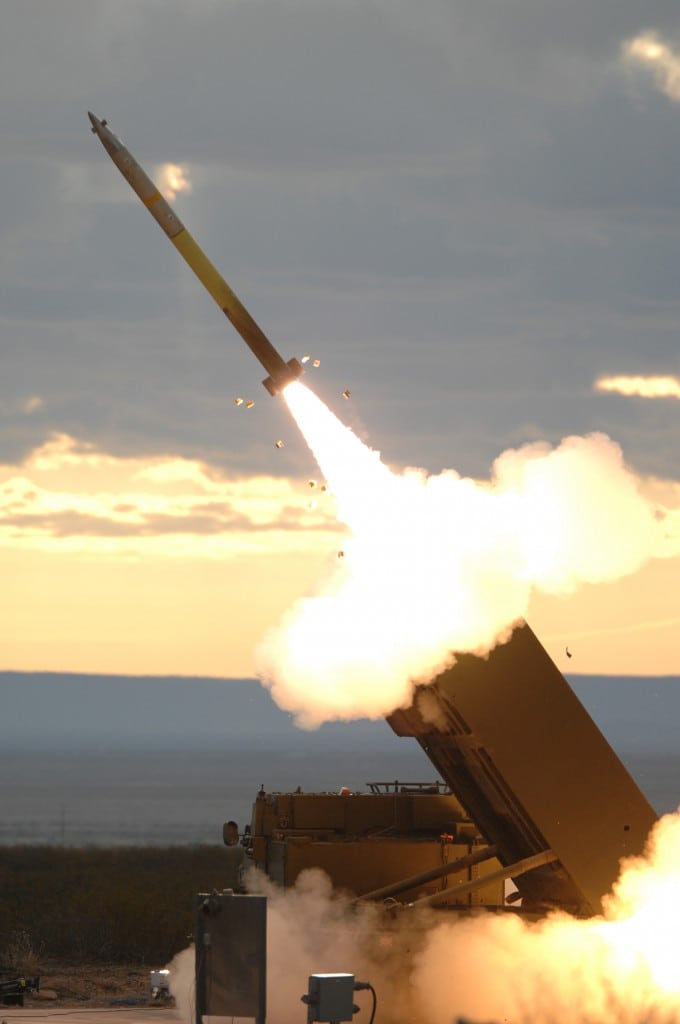Defense Daily
-
Monday, November 17, 2025
- Defense Watch: Ukraine Aid, RTX Charge, New FMS Deals, Quantum AI Interest
- Army Secretary Says Primes ‘Conned’ With Exquisite Systems, Unveils Sweeping Acquisition Overhaul
- DoD Working To Integrate Counter-Drone Network Along Southern Border
- Sandia Completes B61-12 Gravity Bomb Flight Test On F-35, Lab Says
- New Glenn Has Second Certification Flight For U.S. Space Force NSSL
-
Monday, November 17, 2025
- Defense Watch: Ukraine Aid, RTX Charge, New FMS Deals, Quantum AI Interest
- Army Secretary Says Primes ‘Conned’ With Exquisite Systems, Unveils Sweeping Acquisition Overhaul
- DoD Working To Integrate Counter-Drone Network Along Southern Border
- Sandia Completes B61-12 Gravity Bomb Flight Test On F-35, Lab Says
- New Glenn Has Second Certification Flight For U.S. Space Force NSSL
-
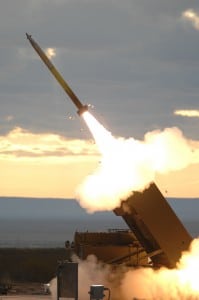 Uncategorized
UncategorizedDefense Watch: Ukraine Aid, RTX Charge, New FMS Deals, Quantum AI Interest
$500 Million PURL. Denmark, Estonia, Finland, Iceland, Latvia, Lithuania, Norway and Sweden have announced they will buy $500 million of munitions and other military items from the U.S. through the […]
-
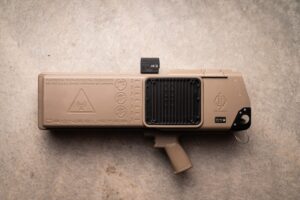 Unmanned Systems
Unmanned SystemsDoD Working To Integrate Counter-Drone Network Along Southern Border
To combat the use of small unmanned aircraft systems (UAS) by drug cartels and others along the U.S. southern border, the Defense Department is working to create an integrated sensor […]
-
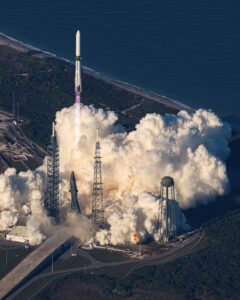 Space
SpaceNew Glenn Has Second Certification Flight For U.S. Space Force NSSL
Blue Origin‘s New Glenn heavy launch rocket had its second certification flight for the U.S. Space Force National Security Space Launch (NSSL) program, as the rocket lifted a NASA mission […]
-
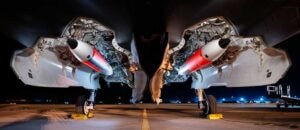 Nuclear Modernization
Nuclear ModernizationSandia Completes B61-12 Gravity Bomb Flight Test On F-35, Lab Says
The National Nuclear Security Administration’s (NNSA) Sandia National Laboratories announced last Thursday it conducted a flight test of the B61-12 nuclear gravity bomb on an F-35 aircraft in August. The […]
-
 Force Multipliers
Force MultipliersJags Kandasamy – Latent AI
In this monthly column, Defense Daily highlights individuals from across the government, industry and academia whose efforts contribute daily to national defense, from the program managers to the human resource […]
Tagged in: -
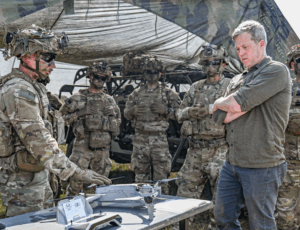 Army
ArmyArmy Secretary Says Primes ‘Conned’ With Exquisite Systems, Unveils Sweeping Acquisition Overhaul
The Army on Friday unveiled a sweeping overhaul of its acquisition system, with Secretary Dan Driscoll looking to move from an era where large prime contractors “conned” the service to […]
-
Friday, November 14, 2025
- Anduril, UAE’s EDGE Group Form Joint Venture; Initial Focus On Omen Autonomous Air Vehicle
- Army To Demo More ‘Production-Ready’ Company-Level Small UAS, May Add To New Marketplace
- Anduril Partners With HD Hyundai To Develop Navy MASC Bid, Family of USVs
- Interim SAIC CEO Consolidating Operational Structure; Several Departures Announced
- USAF Examining Lower Cost Counter-Air Missile Program With 1,000-3,500 Annual Full-Rate Production
- Boeing Machinists Vote To End Strike; Return To Work Sunday Night
- Trump Signs Bill To End Shutdown, As Work Awaits On FY ‘26 NDAA, Defense Appropriations
- CHAOS Industries Raises $510 Million In New Funding Round
- Remote Sensing Could Help Fill Void In On-Site Nuclear Inspections, FAS Says
-
Friday, November 14, 2025
- Anduril, UAE’s EDGE Group Form Joint Venture; Initial Focus On Omen Autonomous Air Vehicle
- Army To Demo More ‘Production-Ready’ Company-Level Small UAS, May Add To New Marketplace
- Anduril Partners With HD Hyundai To Develop Navy MASC Bid, Family of USVs
- Interim SAIC CEO Consolidating Operational Structure; Several Departures Announced
- USAF Examining Lower Cost Counter-Air Missile Program With 1,000-3,500 Annual Full-Rate Production
- Boeing Machinists Vote To End Strike; Return To Work Sunday Night
- Trump Signs Bill To End Shutdown, As Work Awaits On FY ‘26 NDAA, Defense Appropriations
- CHAOS Industries Raises $510 Million In New Funding Round
- Remote Sensing Could Help Fill Void In On-Site Nuclear Inspections, FAS Says

